|
|
Laid at Holme near Peterborough, twice as long as standard sections used by the London & North Eastern Railway, hoping for smoother running of the trains. On account of their additional length and weight – they are the longest in the world manufactured in one piece – have given rise to new problems in handling, the question of expansion is one that will have to be carefully watched. This was taken from an old newspaper dated 29th January 1937.
Cutting from a collection gifted to the Archive, most of the cuttings coming from the Northern Echo and cover the period 1930 to 1940.
I have been informed by Eric Johnson: “This photograph is of the 32 inch breakdown stand, on the 18 inch mill. It was a war reparation from the German Krupp’s Works after World War II.
Image and information courtesy of Eric Johnson.
A tight fit for the Lamberton under Kilton Bridge in 1950, as the new equipment was being transported into Skinningrove Works via the most practicable route possible. Dave Jackson tell us: ”The machine in the image a Lamberton RSM was scrapped in December 2008. It was replaced by a new Danieli RSM manufactured in Udinese Italy and this was installed Jan 2009.” David Park has enquired: “Hello, fascinating site which I happened across. Would you possibly have any details of how the Danieli RSM arrived back in 2009 please? In a previous employment an Italian freight company approached us about delivering it, but it became clear they had ignored warnings that the bridge over the railway was unsuitable for the weight! I came to Skinningrove works to try come up with a solution, but we fell out with the Italian firm due to their desperate attitude. Thanks in advance.” Can anybody assist with this query?
Image courtesy of Eric Johnson; thanks to Dave Jackson and Andy Park for the updates.
The Talbot furnace at Skinningrove works. Eric Johnson advised: ”A view of the front side, of a 120 ton Talbot furnace. The charging pans on the right contain (galley) iron ore, on the far side of the furnace the pans contain lime. The furnace doors are water cooled, added after oil firing was introduced. To the left of the Melter, in front of the door is a stand used for the hot metal chute.” Does anyone know the name of the gentleman standing rather close it looks to me.
Image and supporting information courtesy of Eric Johnson.
Excavating the new reservoir for Skinningrove works. Steve Partlett tells us: ”Part of this reservoir still exists. It was on the edge of the cliffs, to the north of jetty bank top. One of it’s purposes was to provide storage for No5 Blast furnace cooling water. The concrete block in the middle of the photograph was where the pipes left the reservoir to feed the pumphouse which was built just in front of the block. This probably means the photo was taken sometime during the building of No5 Furnace, (early fifties, I think)and was possibly taken from the top of one of the older Blast furnaces. There was also a large tank supported on a steel trestle in front of the mound in the lower right of the photograph. This provided the “head” of cooling water for a while in case the pumps failed. A Laboratory was built into the steel support trestle. Due to it’s height this tank was visible from the beach below.”
Image and information courtesy of Eric Johnson, thanks to Steve Partlett for the update.
Although it sounds more like a dance than a machine used on the steel works, Brian Young tells us: ”The Lamberton was used to straighten various “raw” steel sections after rolling from the 36″mill. The Lamberton was fed via rollers and skids, after straightening each bar was shoved off onto benches manually.” Tony Shaw assists with: “This is the 53″ Lamberton straightener seven shafts, this machine was recently replaced, the 26″ straightener nine shafts was replaced a few years ago.” Michael Graham tells us: ”We used two of these machines in No 9 mill Cleveland works”.
Image courtesy of Eric Johnson and thanks to Brian Young, Tony Shaw and Michael Graham for the updates.
This image is of the 36” mill hot saw. Eric Johnson advised: “The the man to the left in this view, with tongs in his right hand is waiting for a sample to be cut and was taken c.1950. The rear person pictured is Tom Cook.”
Image and information courtesy of Eric Johnson.
A view of men bending mine arches, one of the products of Skinningrove works; especially useful in the local area when the ironstone mines where in full production.
Image courtesy of Eric Johnson.
Another photograph taken from a glass plate of the original Talbot Tilting furnace with 240 tons capacity, the largest in Europe when built about 1910. This pit side view shows the furnace under repair, the port ends which were movable have been drawn back. The “lander” – the tap hole chute sticking out of the middle of the furnace – has the brick lining removed. On the right of photograph is a large steel casting ladle, with a skull (scrap steel) on the lip. To the left are two slag ladles full of furnace debris. Next is a small charging ladle used to pour molten pig iron into the furnace from the charging side. On each side of the lander, a cage is suspended from the furnace by two pivoted arms allowing the cages to go up and down with the tilting. A shelter can be seen on the cages near the lander, to protect the melters throwing in the charges of coal, manganese, silicon etc. This varied according to specification.
Image and information courtesy of Eric Johnson.
A view of Skinningrove Iron And Steel Works about 1914; taken from a glass plate.
Image courtesy of Eric Johnson.
|
|
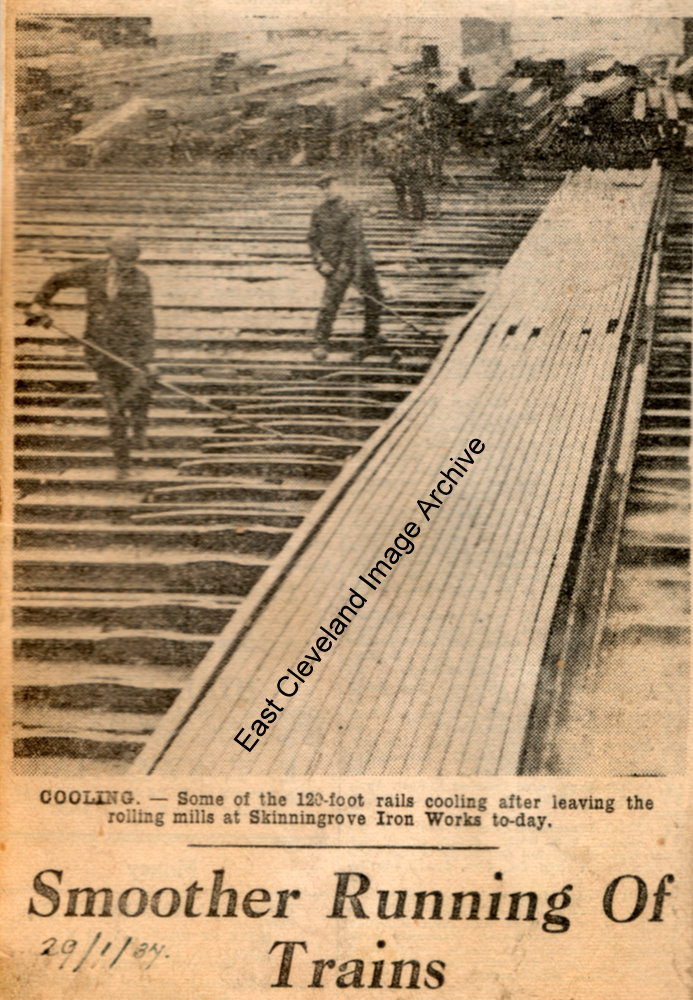
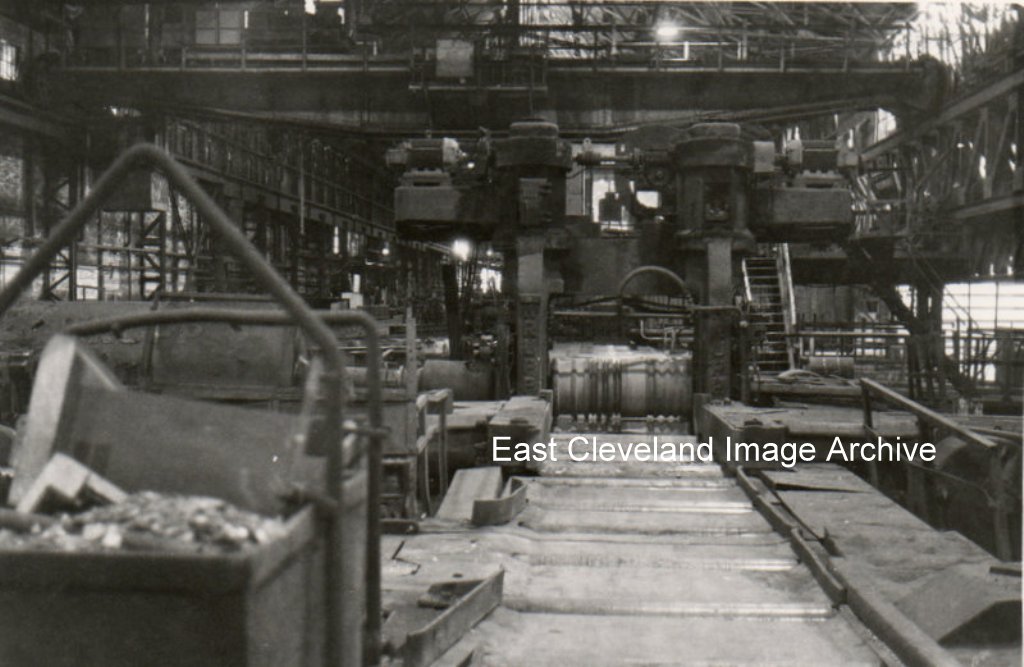
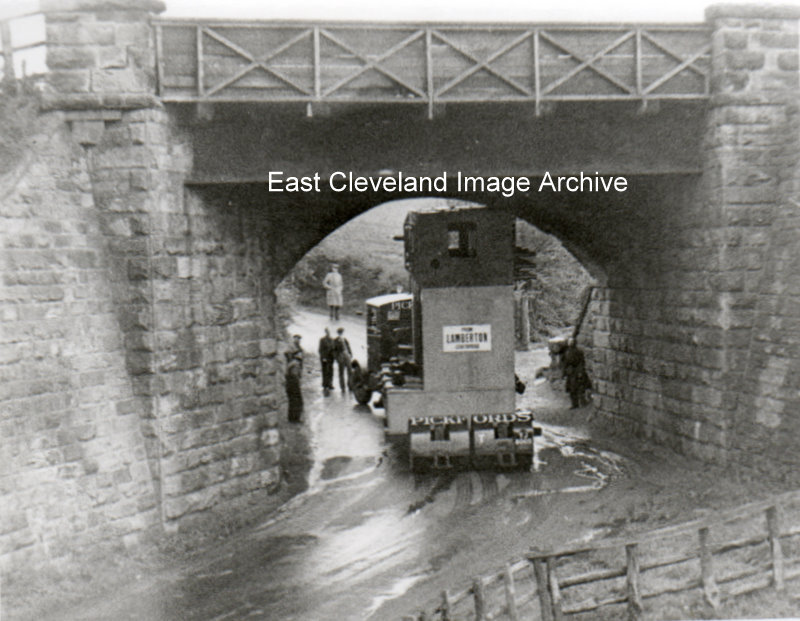
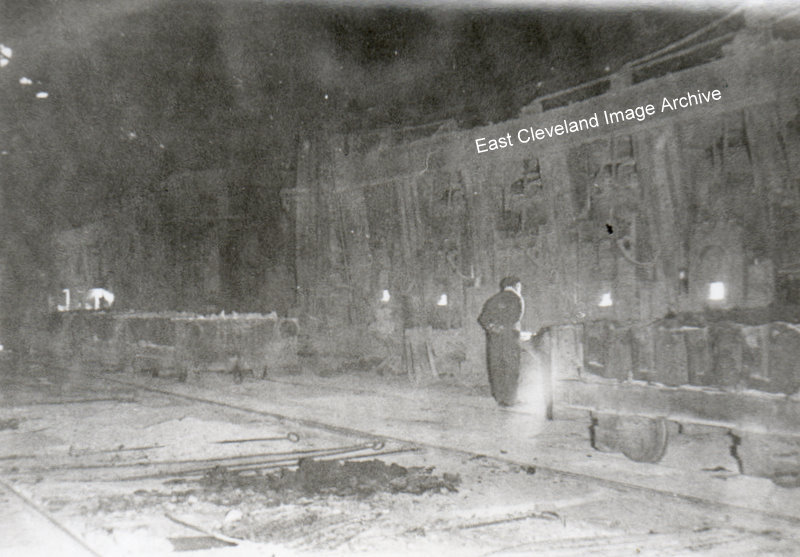
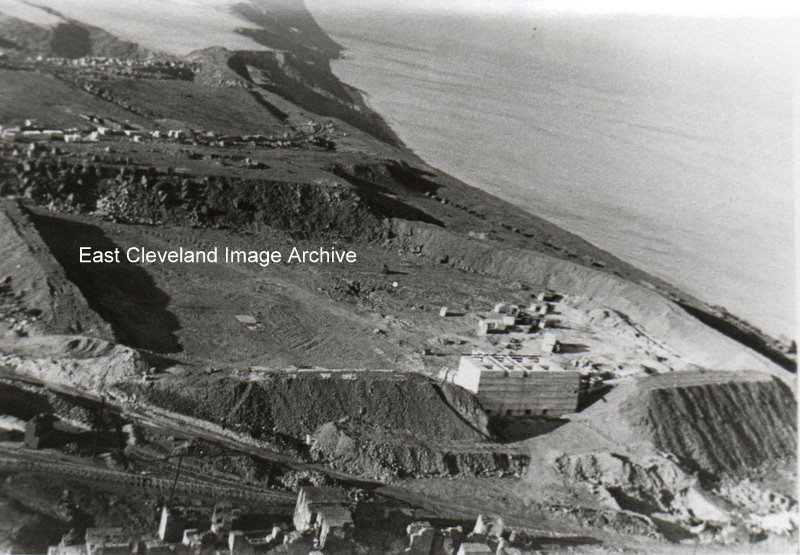
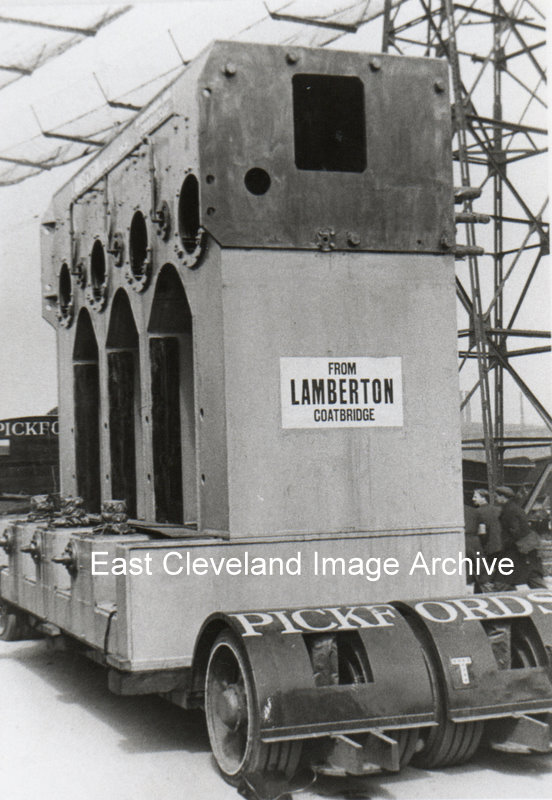
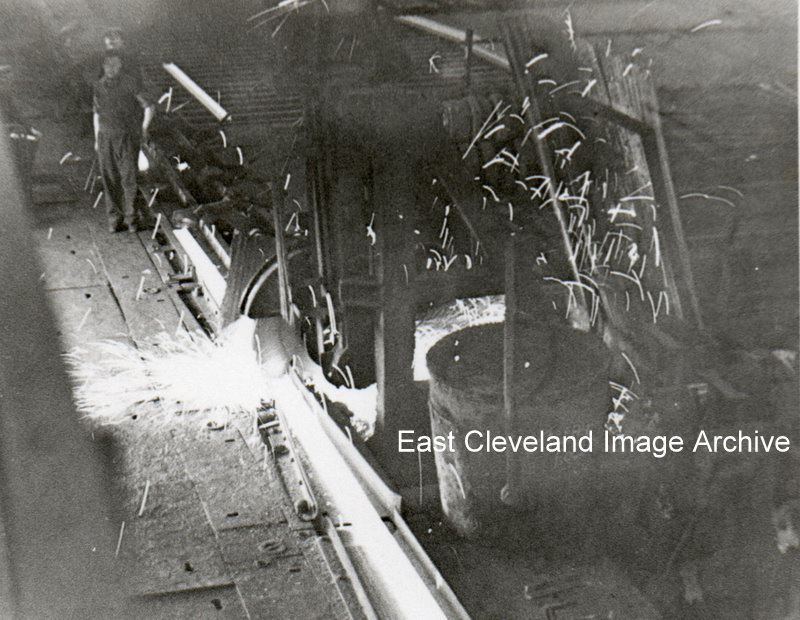
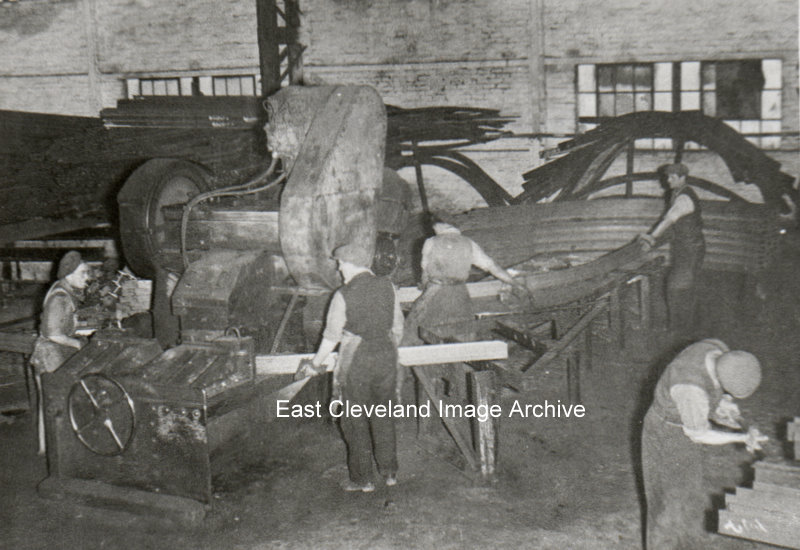
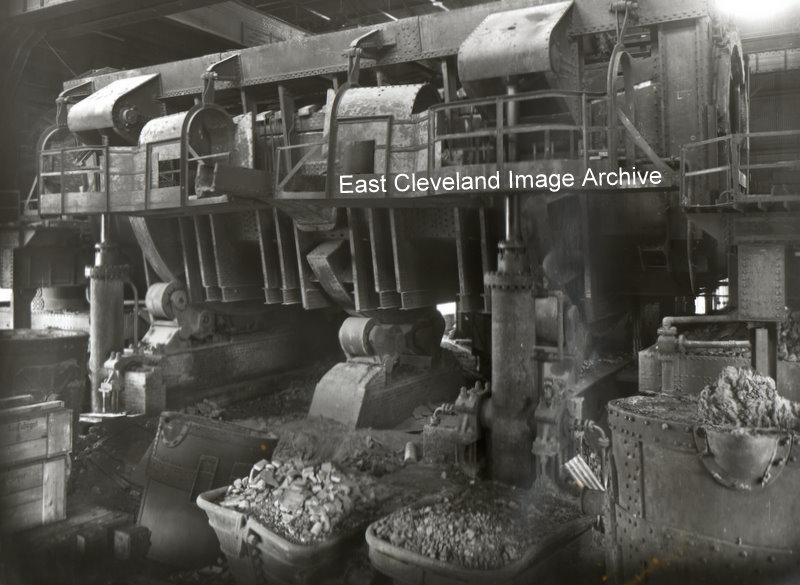
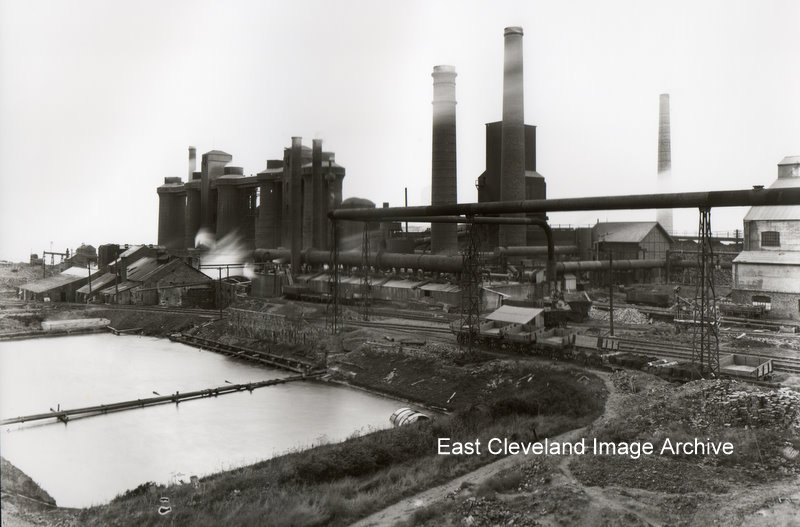
Recent Comments